How Well Do You Really Know the Outer Banks? 39 Facts That Will Surprise You!

The Outer Banks of North Carolina — often called OBX — stretch over 200 miles of breathtaking barrier islands along the Atlantic coast. Famous for wild horses, towering lighthouses, and rich maritime history, the OBX is a place where nature and nostalgia collide.
Whether you’re planning your first visit or you’ve been coming here for years, these 39 amazing Outer Banks facts will give you a deeper appreciation for the islands’ culture, wildlife, and fascinating past. Let’s dive in!
Amazing Outer Banks facts
- Length and Area: The Outer Banks is a 200-mile-long string of barrier islands off the coast of North Carolina, separating the Atlantic Ocean from the mainland. The area encompasses approximately 5,000 square miles (12,950 square kilometers) of land and water. [Source: VisitNC.com]
- Cape Hatteras Lighthouse: The Cape Hatteras Lighthouse, located on Hatteras Island, is the tallest brick lighthouse in the United States, standing at a height of 210 feet (64 meters). It is also famous for its distinctive black and white spiral stripes. [Source: National Park Service]
- Tourism and Economy: Tourism plays a significant role in the Outer Banks' economy. According to the Outer Banks Visitors Bureau, the area attracts more than 2.5 million visitors annually, generating billions of dollars in tourism revenue. [Source: Outer Banks Visitors Bureau]
- Population: The permanent population of the Outer Banks varies by location and has been growing steadily over the years. Dare County, which includes most of the Outer Banks, had an estimated population of approximately 36,552 people as of 2020. [Source: U.S. Census Bureau]
- Climate: The Outer Banks experiences a humid subtropical climate with mild winters and hot, humid summers. The average high temperature in July, the warmest month, is around 86°F (30°C), while the average high in January, the coldest month, is around 52°F (11°C). [Source: Weather.com]
- Outer Banks Wild Horses: The Outer Banks is home to a population of wild horses, known as the Corolla wild horses, which roam freely in certain areas, particularly in the northern beaches. These horses are believed to be descendants of Spanish mustangs that arrived in the region over 400 years ago. [Source: Corolla Wild Horse Fund]
- Cape Hatteras National Seashore: The Cape Hatteras National Seashore is a protected area that encompasses approximately 70 miles (113 kilometers) of the Outer Banks, providing opportunities for outdoor activities such as swimming, fishing, and birdwatching. It is managed by the National Park Service. [Source: National Park Service]
- Shipwrecks: The Outer Banks is often called the "Graveyard of the Atlantic" due to its treacherous coastline and numerous shipwrecks over the centuries. Over 2,000 shipwrecks have been documented in the area, attracting divers and maritime history enthusiasts. [Source: Outer Banks History Center]
- Wright Brothers National Memorial: The Wright Brothers National Memorial, located in Kill Devil Hills, covers an area of 428 acres (173 hectares) and features the iconic 60-foot (18-meter) granite Wright Brothers Memorial Monument, commemorating the Wright brothers' first powered flight in 1903. [Source: National Park Service]
- Beach Erosion: Like many barrier islands, the Outer Banks is prone to beach erosion due to its exposure to coastal storms, sea-level rise, and natural processes. Various measures have been implemented to combat erosion, including beach nourishment projects and the construction of sand dunes. [Source: North Carolina Sea Grant]
- Birdwatching: The Outer Banks is a prime destination for birdwatching enthusiasts, boasting a diverse range of avian species. The region is a vital migratory path and offers opportunities to spot birds like pelicans, herons, egrets, and shorebirds. [Source: Outer Banks Visitors Bureau - https://www.outerbanks.org/things-to-do/birdwatching/]
- Outer Banks Fishing: Fishing is a popular recreational activity in the Outer Banks, known for its rich fishing grounds. The region offers offshore and inshore fishing opportunities, with anglers targeting species such as red drum, flounder, Spanish mackerel, and blue marlin. [Source: Outer Banks Visitors Bureau]
- Outer Banks National Scenic Byway: The Outer Banks National Scenic Byway, also known as Highway 12, stretches approximately 138 miles (222 kilometers) from Corolla to Harkers Island. It provides scenic views of the coastline, dunes, marshes, and historical sites. [Source: Federal Highway Administration]
- Sea Turtles: The Outer Banks are a nesting habitat for sea turtles, including loggerhead, green, and leatherback turtles. Organizations such as the Network for Endangered Sea Turtles (N.E.S.T.) work to protect and monitor nesting sites, contributing to conservation efforts. [Source: Network for Endangered Sea Turtles]
- Outer Banks Events: The Outer Banks hosts various events and festivals annually. These include the Outer Banks Seafood Festival, Hang Gliding Spectacular, Outer Banks Marathon, and the Wings Over Water Wildlife Festival, attracting visitors from near and far. [Source: Outer Banks Visitors Bureau]
- Jockey's Ridge State Park: Jockey's Ridge State Park, located in Nags Head, encompasses an area of 426 acres (173 hectares) and features the tallest natural dune system in the eastern United States, with the dunes reaching heights of up to 100 feet (30 meters). [Source: North Carolina State Parks]
- Outer Banks Ferries: The Outer Banks is connected to the mainland and neighboring islands by a network of ferry routes. These include the Hatteras-Ocracoke ferry, which is free of charge, providing a scenic and convenient way to explore different parts of the Outer Banks. [Source: North Carolina Department of Transportation]
- Outer Banks Wild Weather: The Outer Banks experiences various weather conditions due to its exposed coastal location. It is prone to tropical storms and hurricanes, with a notable historical event being the devastating effects of Hurricane Isabel in 2003. Weather patterns make it a destination for surfers and wind sports enthusiasts. [Source: National Weather Service]
- Currituck Beach Lighthouse: In the year 1875 when the Currituck Beach Lighthouse first cast its guiding light over the tumultuous Atlantic. It was the last brick lighthouse built on the Outer Banks, filling the last dark spot on the North Carolina coastline. Unlike its siblings, it was left unpainted, proudly showcasing its rich, red brick facade. This natural cloak distinguished it from other regional lighthouses, making it a uniquely beautiful sight against the coastal landscape. [Source: Outer Banks Conservationist|
- Outer Banks National Wildlife Refuges: The Outer Banks is home to four national wildlife refuges: Pea Island, Alligator River, Mackay Island, and Currituck. These refuges protect and preserve critical habitats for wildlife, including migratory birds, red wolves, black bears, and waterfowl. [Source: U.S. Fish & Wildlife Service]
- Outer Banks History: The Outer Banks have a rich history dating back centuries. It was the site of the first English colony in North America, known as the "Lost Colony" of Roanoke. The area also played a significant role during the Civil War, with several battles and blockade-running activities occurring along the coast. [Source: Outer Banks History Center]
- Outer Banks Surfing: The Outer Banks is a popular destination for surfers, attracting enthusiasts worldwide. The area's consistent waves, particularly in spots like Cape Hatteras and Rodanthe, provide ideal conditions for surfing, making it a haven for both beginners and experienced surfers alike. [Source: Outer Banks Visitors Bureau]
- Outer Banks Seafood: The Outer Banks is renowned for its fresh and delicious seafood offerings. Local specialties include North Carolina blue crabs, shrimp, oysters, clams, and fish such as flounder, mahi-mahi, and striped bass. Visitors can enjoy these delicacies at numerous seafood restaurants and markets. [Source: Outer Banks Visitors Bureau]
- Outer Banks Brewing Station: Considered America's first wind-powered brewpub. It utilizes wind turbines to generate energy, making it an environmentally friendly establishment. The brewpub offers a unique experience for beer enthusiasts visiting the Outer Banks. [Source: Outer Banks Brewing Station]
- Bodie Island Lighthouse: The Bodie Island Lighthouse, located just south of Nags Head, stands at a height of 156 feet (48 meters) and features a total of 214 steps to reach the lantern room. [Source: National Park Service]
- The Elizabethan Gardens: The Elizabethan Gardens, located on Roanoke Island, covers an area of 10.5 acres (4.2 hectares) and features over 500 different varieties of plants, including roses, camellias, hydrangeas, and azaleas. [Source: The Elizabethan Gardens]
- Pea Island Wildlife Refuge: The Pea Island Wildlife Refuge, located on the northern Outer Banks, spans approximately 13 miles (21 kilometers) of coastline and covers a total area of 5,834 acres (2,359 hectares), providing critical habitat for migratory birds, sea turtles, and other wildlife. [Source: U.S. Fish & Wildlife Service]
- Alligator River National Wildlife Refuge: The Alligator River National Wildlife Refuge, located west of the Outer Banks, covers an area of approximately 152,000 acres (61,509 hectares) and is home to a diverse range of wildlife, including black bears, red wolves, and migratory birds. [Source: U.S. Fish & Wildlife Service]
- Cape Hatteras National Seashore: The Cape Hatteras National Seashore spans approximately 70 miles (113 kilometers) along the Outer Banks, encompassing barrier islands, beaches, and maritime forests. It is a protected area managed by the National Park Service, offering recreational opportunities and natural beauty. [Source: National Park Service]
- Roanoke Island Festival Park: Roanoke Island Festival Park, located on Roanoke Island, covers an area of 25 acres (10 hectares) and is dedicated to showcasing the history and culture of the Outer Banks. It includes exhibits, interactive displays, and a reconstructed 16th-century ship called the Elizabeth II. [Source: Roanoke Island Festival Park]
- Nags Head Woods Ecological Preserve: The Nags Head Woods Ecological Preserve, situated in Kill Devil Hills, covers an area of 1,092 acres (442 hectares) and contains a diverse range of habitats, including maritime forests, marshes, and dunes. It is a haven for hiking, birdwatching, and nature exploration. [Source: The Nature Conservancy]
- Chicamacomico Life-Saving Station Historic Site: The Chicamacomico Life-Saving Station Historic Site in Rodanthe is a preserved life-saving station that played a vital role in assisting ships in distress along the Outer Banks. It offers a glimpse into the history of maritime rescue operations. [Source: Chicamacomico Life-Saving Station Historic Site]
- Jennette's Pier: Jennette's Pier, located in Nags Head, is a popular fishing destination on the Outer Banks. The pier extends 1,000 feet (305 meters) into the Atlantic Ocean and allows anglers to catch various fish species, including drum, mackerel, and flounder. [Source: North Carolina Aquariums]
- Duck Town Park and Boardwalk: Located in the town of Duck, covers an area of 11 acres (4.5 hectares) and features a scenic boardwalk that meanders through the maritime forest, offering beautiful views of the Currituck Sound. The park also includes a soundside beach, picnic areas, and trails. [Source: Town of Duck]
- Whalehead Club: A historic Art Nouveau-style mansion on the Currituck Sound. The mansion covers an area of 21,000 square feet (1,950 square meters) and features 21 rooms, including a grand ballroom and a hydroelectric power plant in the basement. [Source: Currituck Outer Banks]
- Lost Colony Outdoor Drama at Waterside Theatre: The Waterside Theatre, situated on Roanoke Island, is the venue for the Lost Colony Outdoor Drama, the longest-running outdoor symphonic drama in the United States. The theatre has a seating capacity of approximately 1,400 people. [Source: The Lost Colony]
- Frisco Native American Museum and Natural History Center: Located in Frisco, is dedicated to preserving and showcasing the Native American history, culture, and natural history of the Outer Banks. The museum features over 12,000 artifacts and exhibits. [Source: Frisco Native American Museum]
- Outer Banks Center for Wildlife Education: The Outer Banks Center for Wildlife Education, situated in Corolla, is an educational facility that promotes conservation and wildlife stewardship. The center covers an area of 22,000 square feet (2,044 square meters) and offers interactive exhibits and programs. [Source: Outer Banks Center for Wildlife Education]
- Roanoke Island Aquarium: Part of the North Carolina Aquariums system, is located on Roanoke Island. The aquarium spans 68,000 square feet (6,317 square meters) and features various exhibits showcasing the diverse aquatic life found in the region. [Source: North Carolina Aquariums]
Summary
That's a wrap on our deep dive into the 39 statistical facts about the Outer Banks of North Carolina—a unique gem that glows with natural beauty, historical significance, and enchanting local culture.
We've explored its stunning geography, vibrant economy, diverse wildlife, and historical tales, making it one of the most unique spots in the United States. Next time you find yourself wandering along the gorgeous beaches or tasting the day's fresh catch, you'll be equipped with a treasure trove of knowledge about this remarkable place. Till then, keep that wanderlust alive!
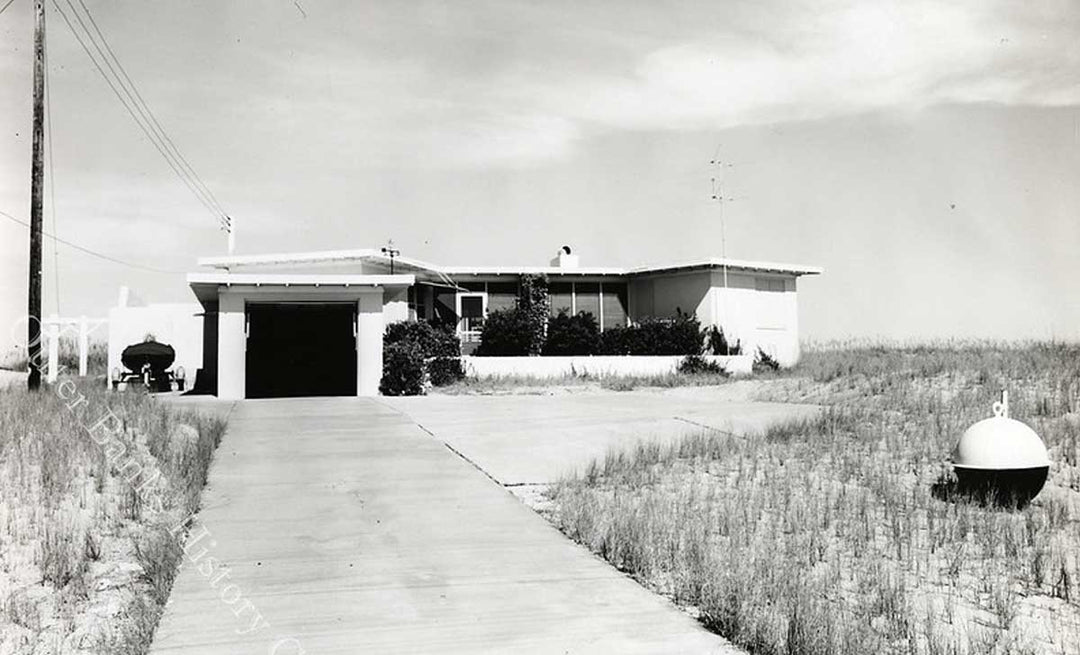
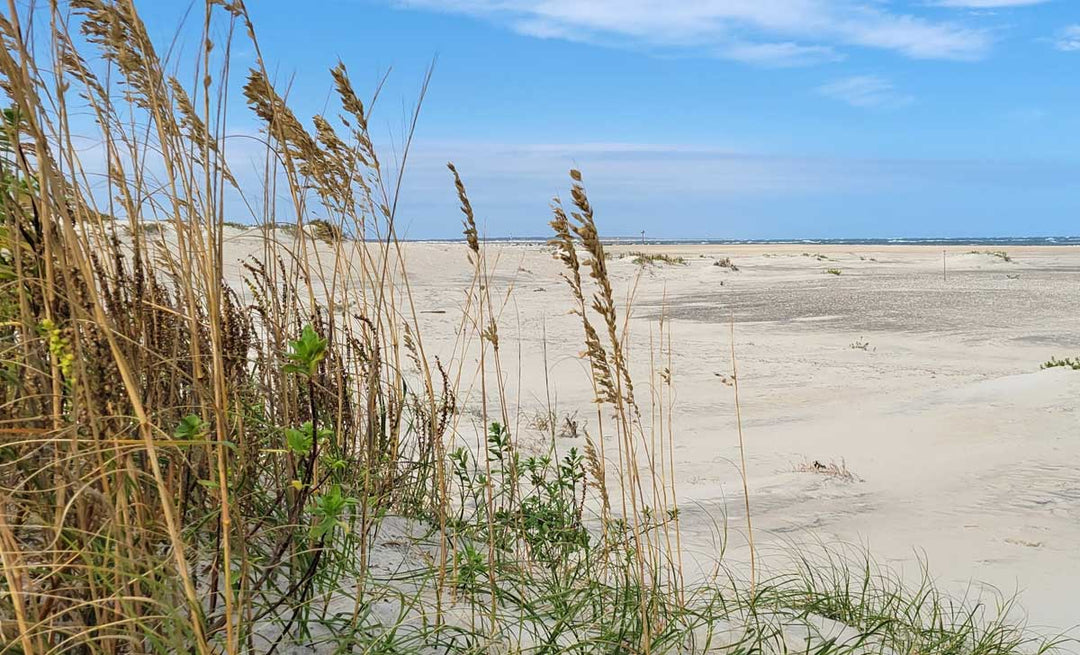
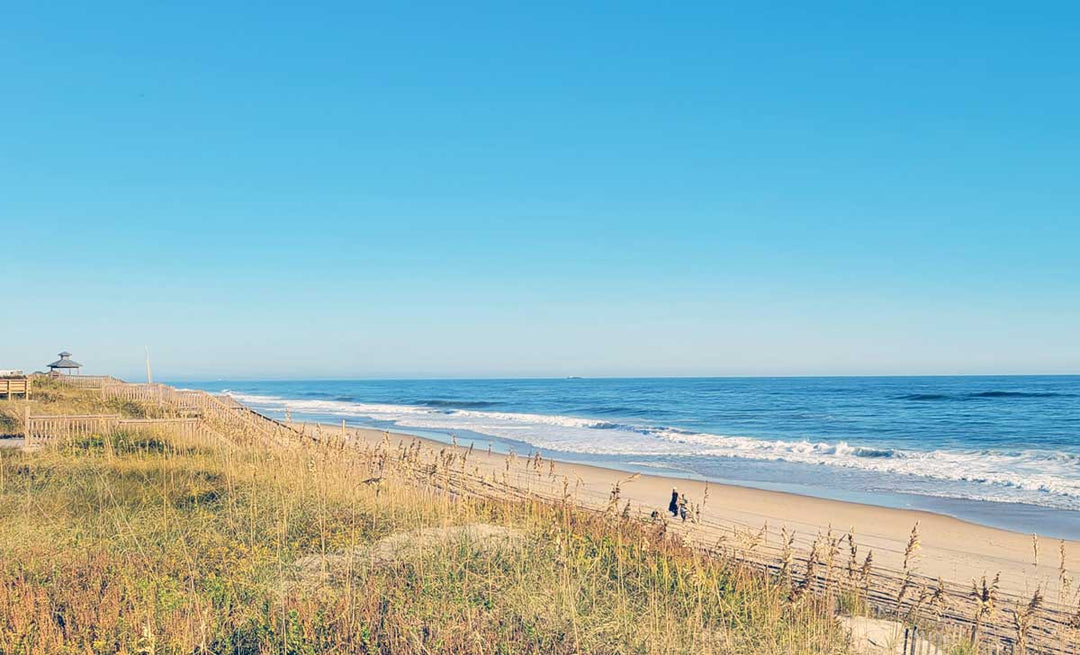
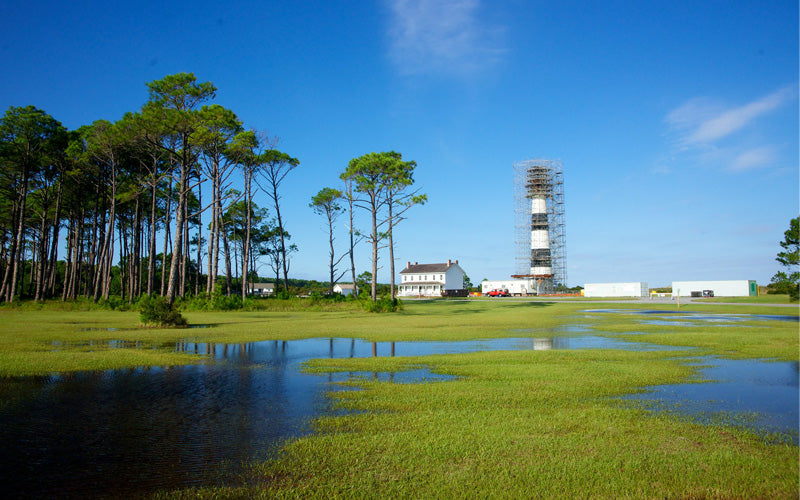
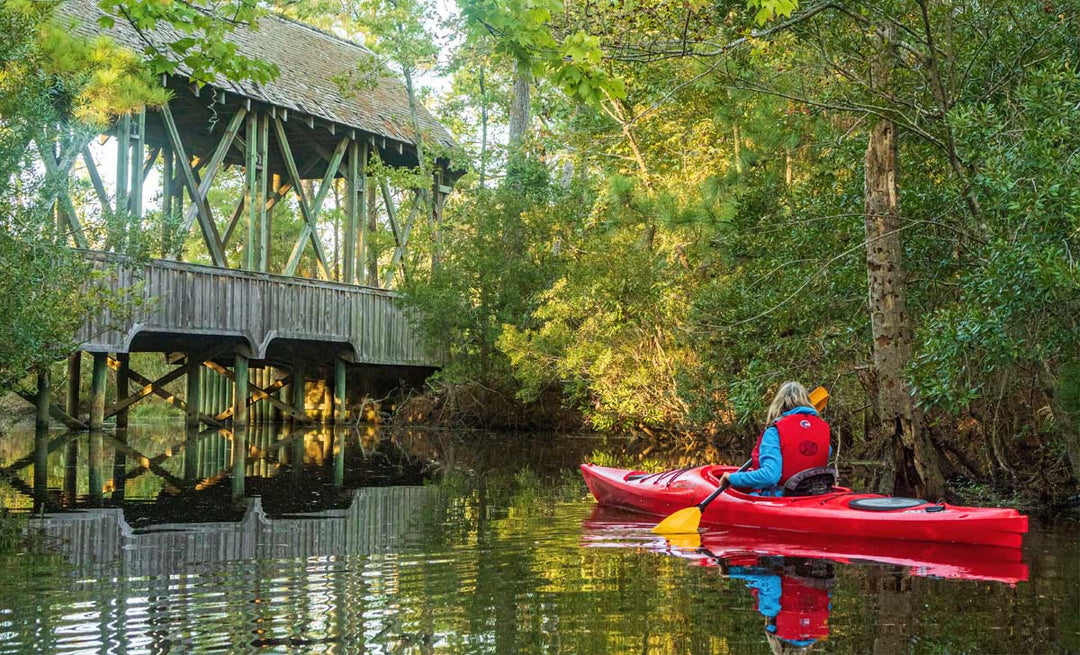
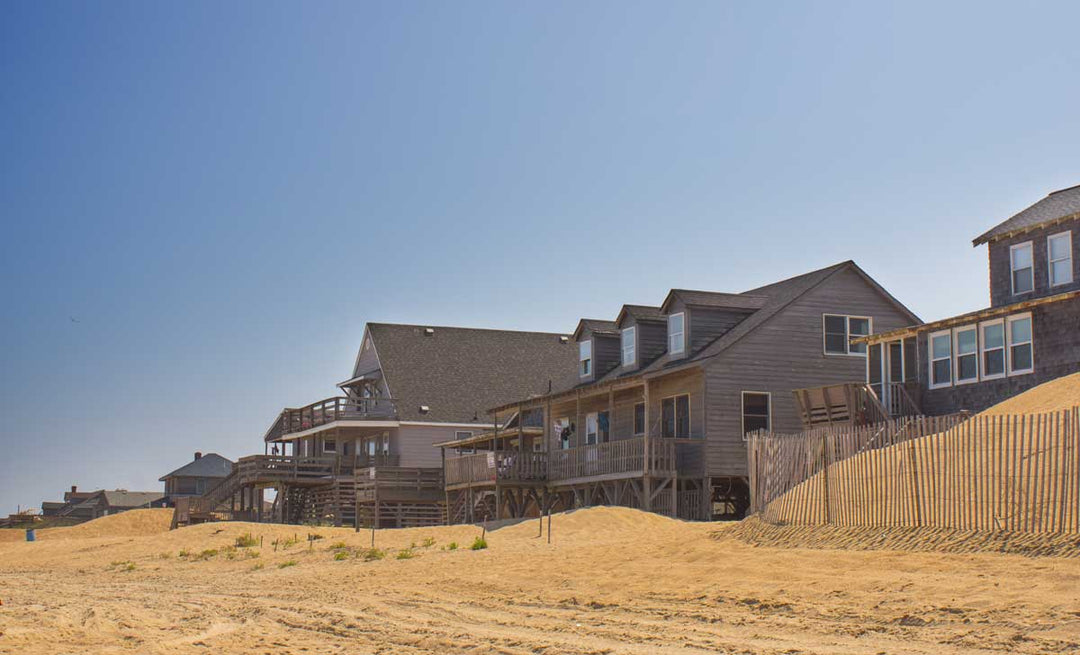
Leave a comment